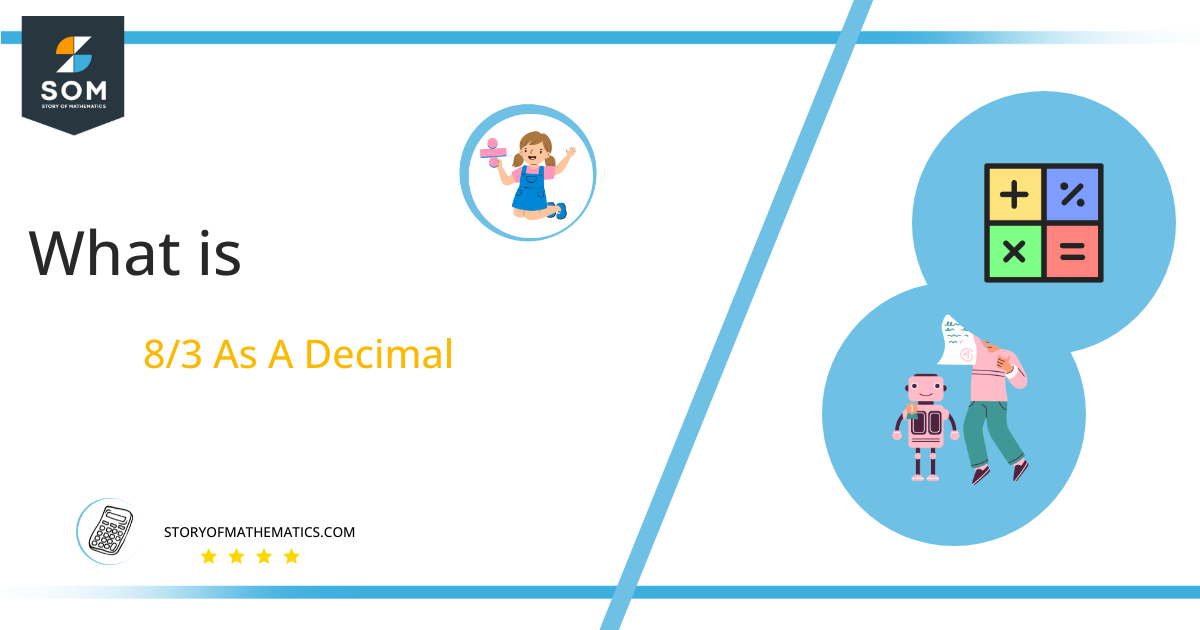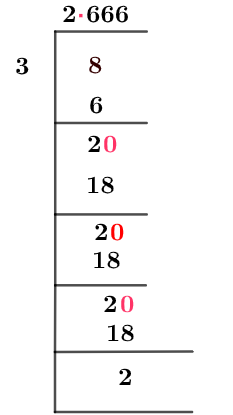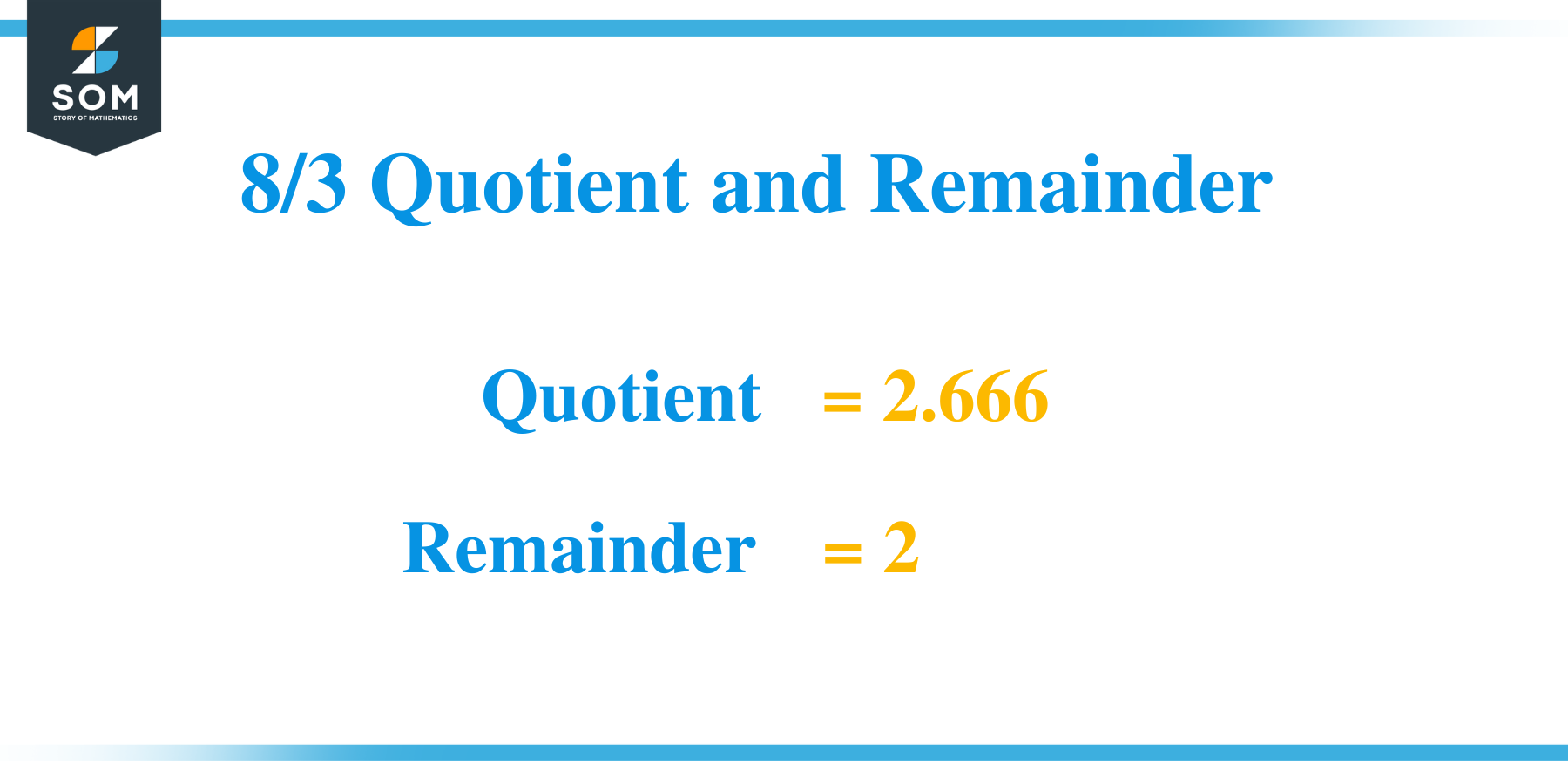What Is 8/3 as a Decimal + Solution With Free Steps

The fraction 8/3 as a decimal is equal to 2.66666.
Understanding how to deal with decimals is essential for everyday life. You’ll find yourself working extensively in this area and need a good knowledge of the number system, so it’s best if you get comfortable learning about them now.
The more you work with decimals, the easier it will be to understand them when they are used in other areas of your life. Fractions are often expressed in decimal numbers to understand better the whole and fractional parts of any given quantity.
Knowing the difference between fractions and decimals is essential when learning math. Fractions are easy to multiply. They can express significant numbers more quickly than converting one form of representation back to another. Still, they lose some accuracy when dealing with tiny numerals, whereas the decimals provide an accurate and exact answer.
The decimal equivalent of the fraction 8/3 is discussed below in detail.
Solution
Let’s find out the dividend and the divisor to solve the given fraction.
Dividend = 8
Divisor = 3
In this case, the dividend is more significant than the divisor. To initiate the division process, the given dividend is divided by the divisor. Hence 8 will be divided by 3, which is shown as:
Quotient = Dividend ÷ Divisor = 1 ÷ 18
In this case, the quotient obtained is 2.666, with the remainder 2 as 2.666 is a non-terminating decimal number.
The proper long division process is shown below in figure 1:

Figure 1
8/3 Long Division Method
The digit 6 in the decimal notation of the fraction 8/3 has an infinite number of places. That means if you were to rewrite this as a string, it would never stop repeating itself. It’s a non-terminating, repeating digit that never ends or repeats itself.
The division process can be explained as follows:
8 ÷ 3 ≈ 2
Where the remainder is given as:
3 x 2 = 6
Remainder = 8 – 6 = 2
To proceed further, add a zero to the above remainder obtained and a decimal point after 2 in the quotient. Now the dividend becomes 20, and the divisor is 3.
20 ÷ 3 ≈ 6
3 x 6 = 18
Remainder = 20 – 18 = 2
The remainder obtained is 2. To make it dividend and divisible by 3, add a zero to it. Now 2 becomes 20. Hence 20 is the dividend, and 3 is the divisor.
20 ÷ 3 ≈ 6
3 x 6 = 18
Remainder = 20 – 18 = 2
Again, the remainder obtained is 2. The division will continue, and 6 will repeatedly occur in the quotient. Therefore, this shows that the decimal number is a recurring decimal with the recurring digit 6 in the quotient.
The repeating sequence, known as “repetend,” can be written with an overline (vinculum), parenthesized ellipsis (), or dots above the numbers. Therefore the decimal equivalent of fraction 8/3 can be expressed as 2.(6) or 2.6…

Images/mathematical drawings are created with GeoGebra.
